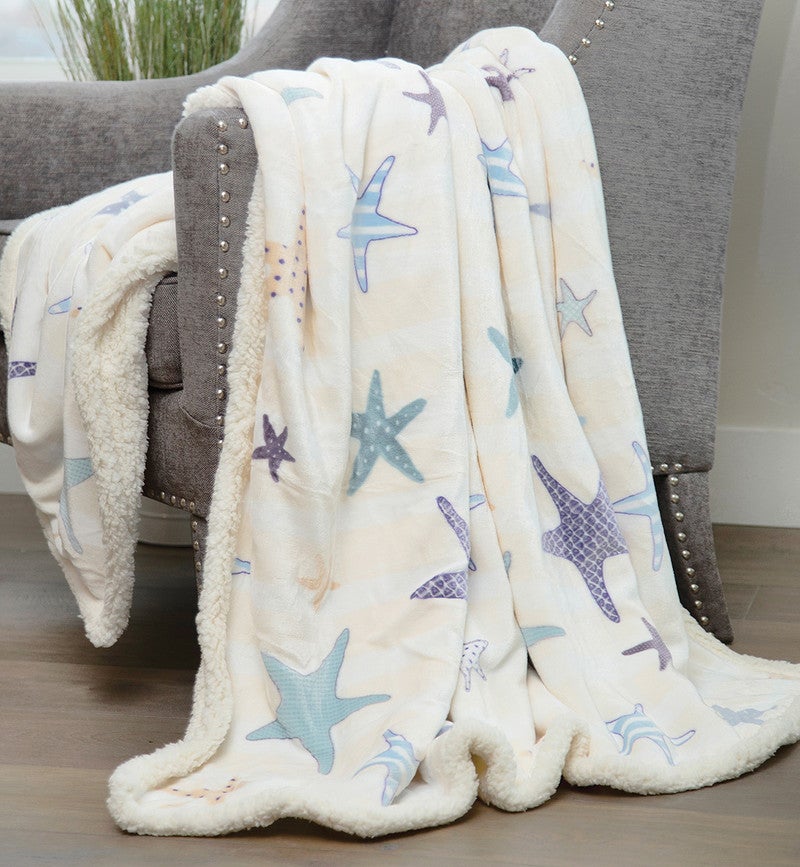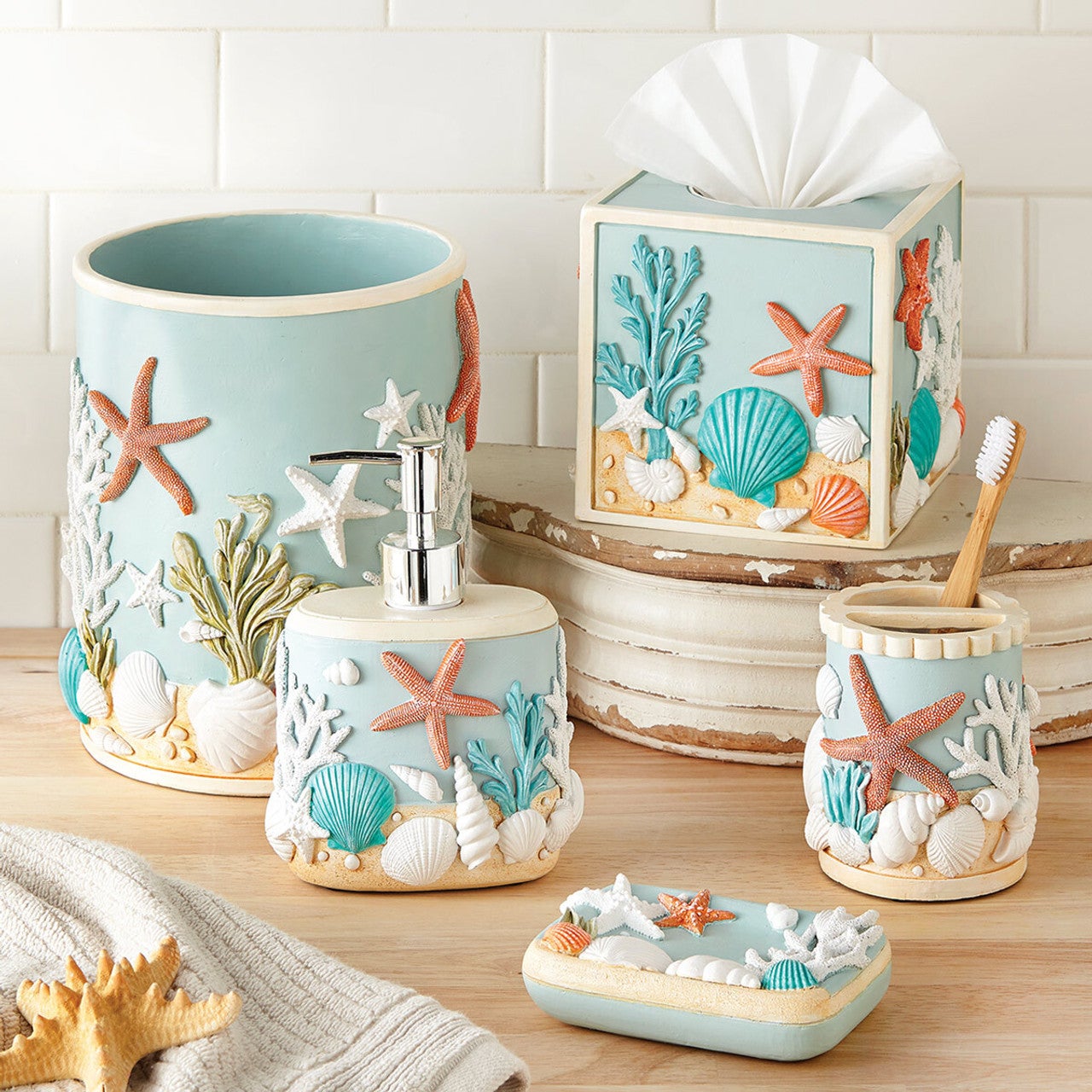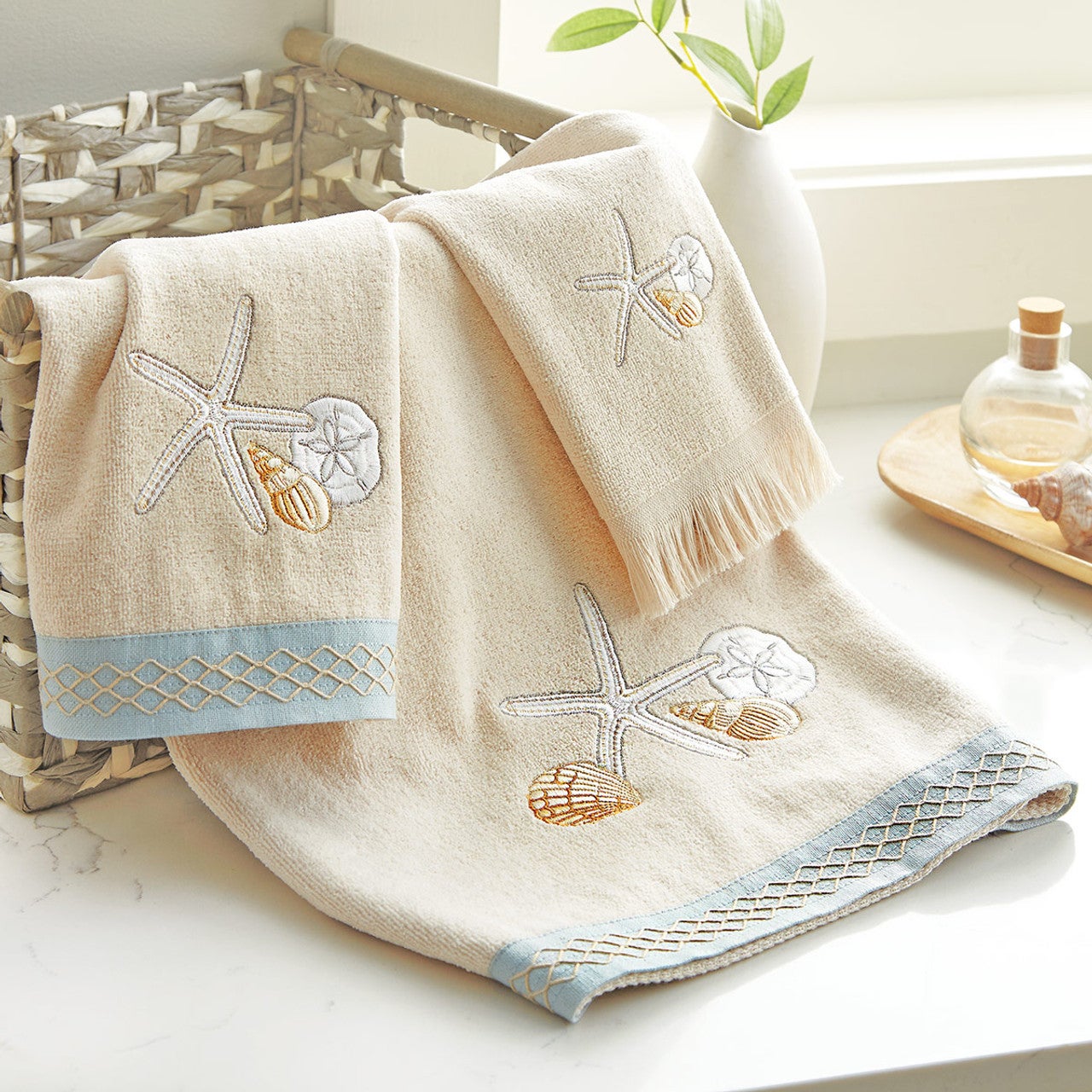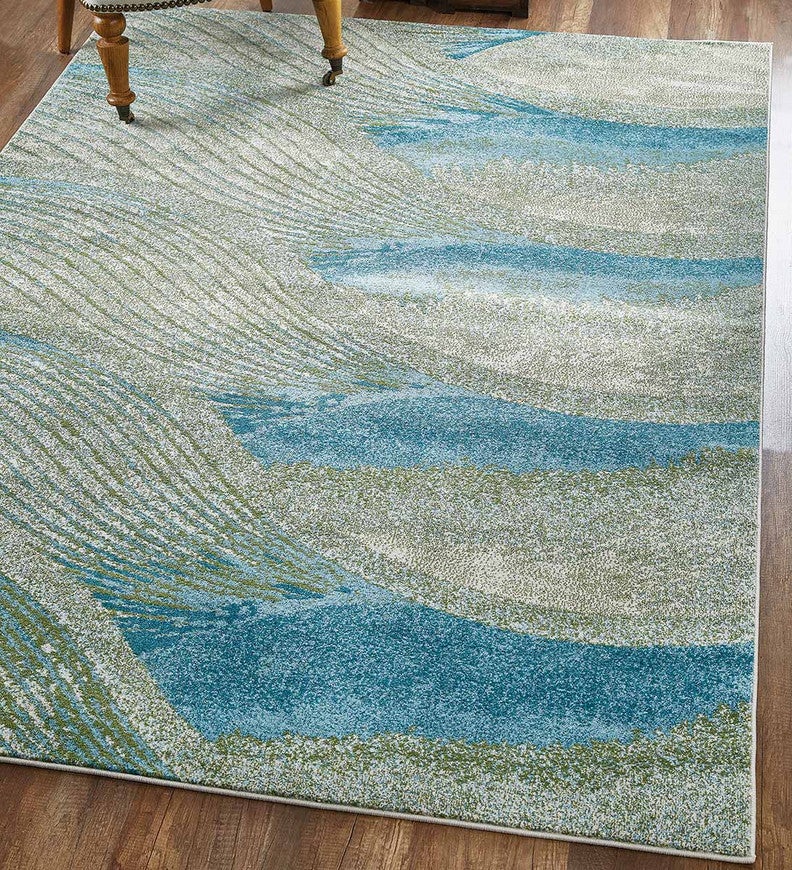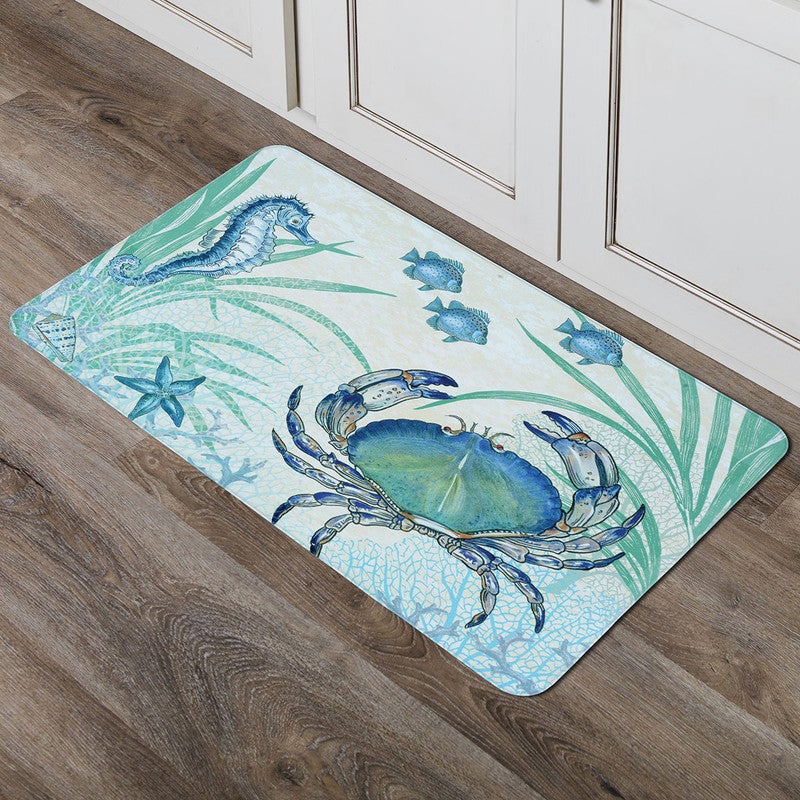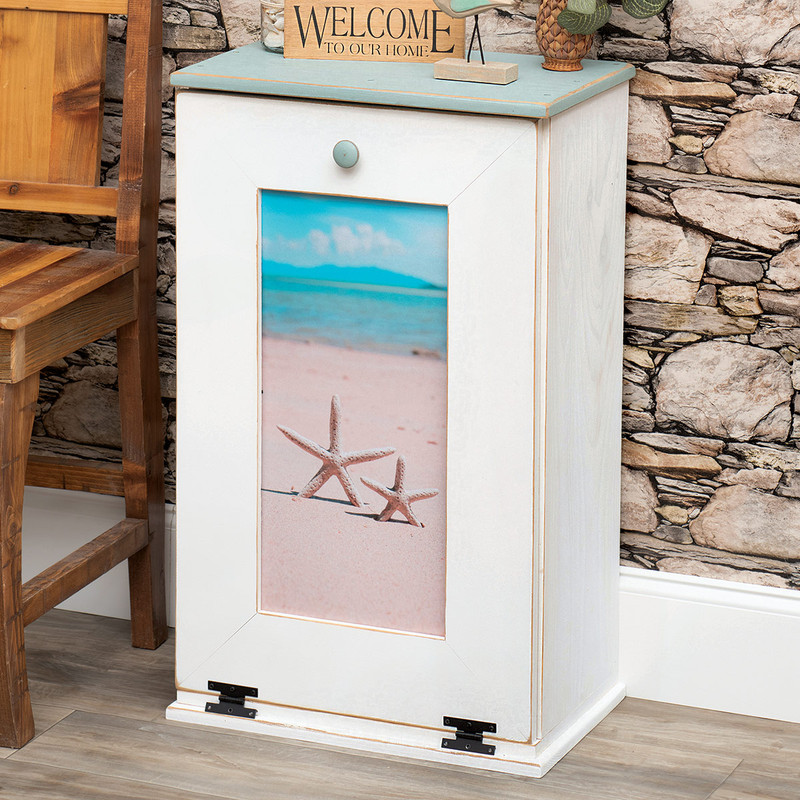Clean and Prepare Seashells for Use in Creative Projects
Sep 1st 2018
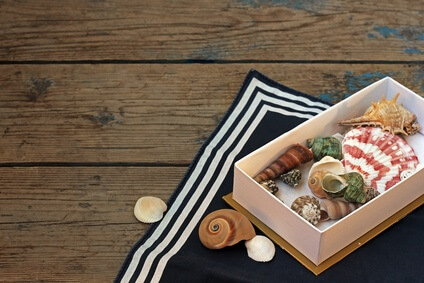 Have you noticed how a visit to the coast can inspire your creativity? Since Neolithic times humans have loved to meander along the shoreline and collect the most attractive shells with which to create keepsake treasures they use to decorate their homes and bodies. Seashells don't wash up on shore decoration-ready, though. This article will show you how to clean and prepare seashells for decoration in your home or to make jewelry.
Have you noticed how a visit to the coast can inspire your creativity? Since Neolithic times humans have loved to meander along the shoreline and collect the most attractive shells with which to create keepsake treasures they use to decorate their homes and bodies. Seashells don't wash up on shore decoration-ready, though. This article will show you how to clean and prepare seashells for decoration in your home or to make jewelry.
Start Collecting
Make sure it is legal for you to collect shells from the beach; in some areas you are not permitted to take them. You should also keep in mind that, in the interests of environmental sustainability, you should never remove live shells from a beach. If you pick up a shell and it still has an inhabitant, be sure to place both gently back into the water and leave them to live out their life cycle naturally.
Perhaps you'll go home with your pockets full of pebbles and seashells, but once you empty them out onto the kitchen worktop, what should you do with them then? Here are our tips for cleaning and preparing seashells.
Shells start off life as someone else's home. Just like your home, they can start to smell if they are not cleaned adequately. You may have collected shells are covered in algae or barnacles. In addition, most shells will have a coating known as the periostracum, which is a naturally occurring outer layer. You can just leave seashells as they are and use them as decoration outside your home if you like, but cleaning can bring up gorgeous contours and a lovely sheen. You'll be able to see the perfection of the natural colors, which can be quite different to how you find them on the beach.
Deep Clean
There are a variety of ways you can clean seashells. Some that are gentle but time-consuming. Some are faster, but more aggressive.
Bury Them
Worm and insect activity will pick your seashell clean. This can't be achieved overnight, unfortunately, so you'll have to be patient. Bury your seashells straight into the earth and let nature take its course. For best results bury at least 18 inches deep and leave for several months. When they're ready, dig them up and clean them with gentle soap and water.
Boiling
Not all shells can stand being boiled, because some are too fragile or their shell is too soft. If your shell is sturdy, however, boiling is a simple method for cleaning seashells. Place your shell in a pan of water and bring to the boil. For a single shell, bring the water to a rolling boil and leave it that way for five minutes. If you have more (or bigger) shells, you should increase the boiling time. Allow the water to cool and then rinse well in a solution of water and vinegar. Use a toothbrush to clean in the crevices and rinse again.
Bleaching
Bleaching can be a bit of a hit-or-miss method for cleaning shells. Certain shells can be damaged by bleach, and some shells will crumble if left in a bleach solution for too long. Bleach has also been known to strip color from a shell, so experiment with the shells you're least keen on first.
Remember: bleach is caustic, so only use it in diluted form. Mix a solution of bleach and water (50/50) and cover your shells with the solution. The time needed to soak the seashells will vary so keep an eye on them. Once the periostracum has gone, remove the shells from the bleach and rinse thoroughly with clean water.
Leftovers
If you have a shell covered in barnacles, you may be able to chip them off using a dental pick, a water pick, a tough toothbrush or a grill brush. You'll need to be firm, but careful and don't be surprised if first results aren't encouraging. Practice makes perfect
Finish with a Flourish
You can use a variety of finishing methods on your seashells. Shellac and nail polish for example can give you a lovely permanently shiny and wet look. A more natural finish would be to use mineral oil. Mineral oil should be used in preference to baby oil, which unfortunately breaks down and has a nasty after smell. Whichever method you use, you'll need to work on one side first and then leave to dry for 24 hours before flipping your seashell over and coating the other side.
Time to Create
Now that all the preparation is completed you can have a great time crafting your coastal creations. You can fill glass jars to use as decorations, or stuff the shells into small nets and hang them in the bathroom or in a window. Clean seashells look amazing in fish tanks, or at the bottom of glass vases filled with wild grass or flowers. Alternatively use them to create jewelry or modify your existing jewelry to give it a beach theme.
Have fun!


